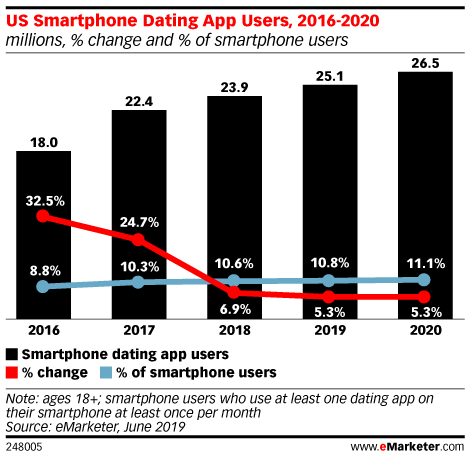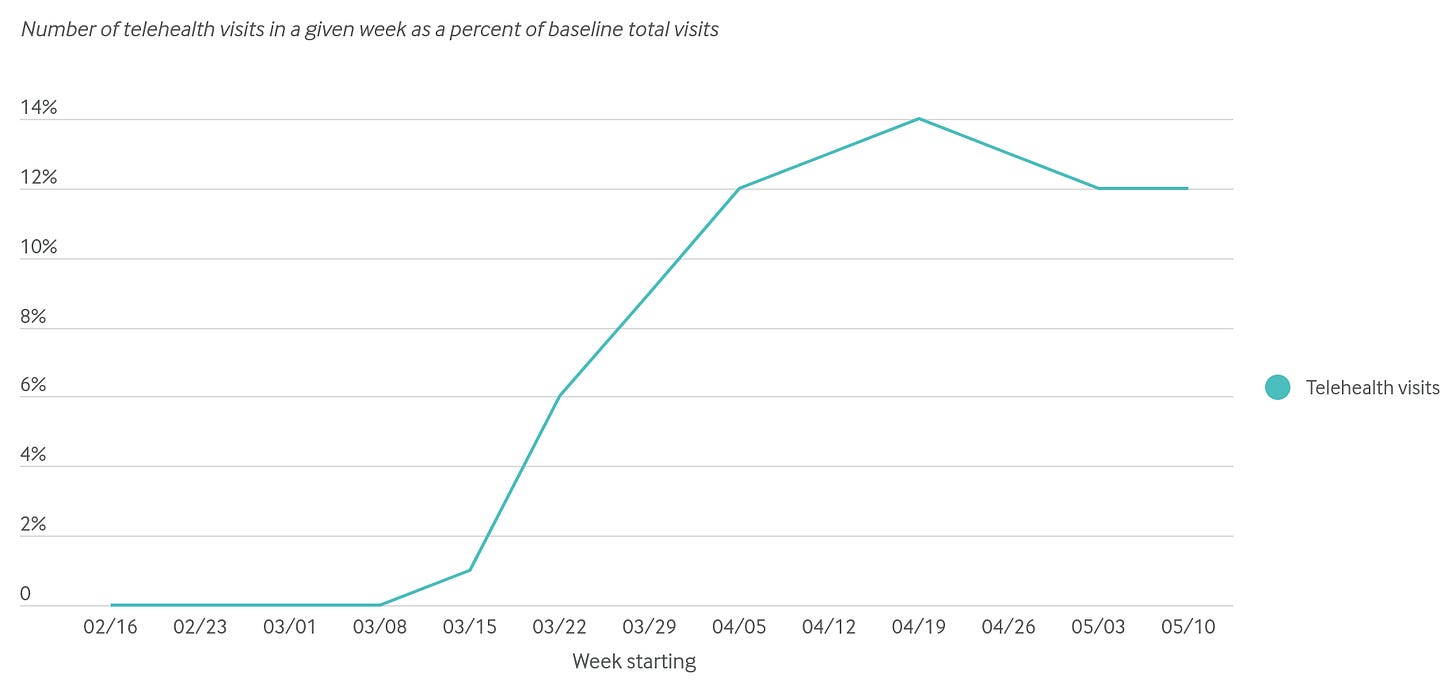Insightful newsletter of Drishtikone: Issue #206 – Snake-pit of Interventionists
Biden's cabinet is a snake-pit of interventionist, trigger-happy immoral war lovers. Under the guise of 'global alliances,' they seem set to create more wars, terror-infested and violent societies.
(Photo by Bekky Bekks on Unsplash \ Graffiti art in Cologne, Germany)
“When a continent is poisoned by lies, truth must be an exile.” ― Jason Goodwin, The Baklava Club
The liberalism of today is a bloodthirsty and interventionist enterprise that takes a difficult society ruled by a dictator and turns it into a terror-ridden and violence infested den of death and destruction, where women are sold in markets to the highest bidder and children are used as advertisements for donations by vulturous moral busybodies.
All in the name of democracy and freedom of course.
Libya. Iraq, Syria - same story!
A set of people who can hardly manage their own democracy with any credible semblance of integrity or trust are the greatest imposers of that synthetic ideal on others as they ruin their societies and countries.
For all his faults, Trump did not start any war “just for the heck of it”, unlike Bush, Obama, Clinton etc. When the villains of all those failed wars come together, then you have to wonder at the sorry fate of the world’s poor and powerless who happen to be sitting on lands with resources. For Biden’s hyenas are coming! The US will get their resources, Islamists their heads, and someone with the highest bid, their women.
GRATITUDE: Thanks to Ranjanji and Shivaniji for their very generous contributions to Drishtikone. Thank you so much! Truly humbled.
Biden cabinet: snake-pit of interventionist, war-loving failed honchos
President-elect Joe Biden has selected his cabinet picks. Some of these are very interesting and we need to better understand their backgrounds which may provide some indication as to how they may behave. We have highlighted the ones that we think will be the most influential in deciding the future course of international relations. Of these, we will discuss only three today.
White House Chief of Staff: Ron Klain
Treasury Secretary: Janet Yellen
Secretary of Defense: Lloyd Austin
Secretary of State: Antony Blinken
Environmental Protection Agency Administrator: Michael S. Regan
Special Presidential Envoy for Climate: John Kerry
White House Climate Czar: Gina McCarthy
Secretary of the Interior: Deb Haaland (a department that determines policy for federally-owned natural resources, as well as tribal lands)
Secretary of Homeland Security: Alejandro Mayorkas
U.S. Ambassador to the United Nations: Linda Thomas-Greenfield
Director of National Intelligence: Avril Haines
National Security Adviser: Jake Sullivan
Office of Management and Budget Director: Neera Tanden
Surgeon General: Vivek Murthy
White House Domestic Policy Council Director: Susan Rice (overseeing how the administration handles issues such as immigration, health care, and racial inequality)
Some of these picks will be troublesome given their ideologies.
Anthony Blinken is the new Secretary of State in Joe Biden’s cabinet. He is the biggest interventionist hawk in the US government. Blinken supported the ill-fated Libyan intervention. As Biden's chief policy adviser in 2002, he had advised his boss to vote in favor of the Iraq War. His ideas and ways in Syria also messed that place up.
"Without bringing appropriate power to bear, no peace could be negotiated, much less imposed" in Syria, wrote Blinken and Robert Kagan in a 2019 essay published by the Brookings Institution. "Today we see the consequences, in hundreds of thousands of civilians dead, in millions of refugees who have destabilized Europe and in the growing influence of Russia, Iran and Hezbollah." (Source)
He is also on record to have talked hawkishly on CAA and Kashmir issue. “We have challenges and concerns about…. cracking down on freedom of movement and speech in Kashmir and some of the laws on citizenship.” (Source) A red flag for the Modi government.
Jake Sullivan, the new NSA for example, seems to have been an Al Qaeda fan-boy at some point and had even advocated for arms shipments to the Syrian part of Al Qaeda - with the now-infamous “Al Qaeda is on our side” quip to Hillary Clinton.



Jake Sullivan was the architect of the entire plan in Libya which devolved into the most embarrassing and dangerous situation in Obama Presidency at Benghazi.
Indeed, Sullivan worked as Clinton's close confidante in the Libya plan, which was developed months in advance of the October 2011 takedown of long-running dictator Moammar Qaddafi, just as the Arab Spring accelerated. This was followed almost 11 months later by the slaying of Ambassador Chris Stevens and 3 other American contractors in Benghazi, yet those tragedies are only a portion of the Libyan quandary. Since the 2011 intervention, the oil-rich and once prosperous North African nation has spiraled into both a failed state and terrorist sanctuary. (Source)
Libya situation post-US intervention is precisely what is wrong with the US interventionist approach around the world. US has no idea on how to handle things once it invades. It can barely manage to keep its own failing democracy on track, and it has the gumption to go teach democracy to other countries.
Libya has descended deeper into chaos in the years following the downfall of dictator Moammar Gaddafi in 2011; it is now becoming the next safe haven for insurgents, especially ISIS. While the U.S. has carried out airstrikes against the group, attacks such as Friday’s in Egypt show that ISIS has a footing in the region, and continues to have access to manpower and arms (including rocket-propelled grenades). (Source)
Libya eventually has become the hub of terrorism, slave trade and trafficking. (Source)
Avril Haines has been the quintessential drone queen in the world of American bureaucracy. Along with being an advocate for a torture regime.
Haines has a lot of strikes against her when it comes to trigger-happy strategy to everything.
Some progressives and critics have accused Haines of complicity in the CIA's use of torture or "enhanced interrogation techniques" after 9/11. She recommended Gina Haspel for CIA director, though Haspel has been implicated in the agency's use of torture. Haines is also remembered for redacting the Senate Intelligence Committee's report on the use of torture, and for approving a panel that ultimately decided not to reprimand CIA personnel who spied on the committee's investigators. (Source)
What we have is a group of failed and delusional bureaucrats who have architected, supported or worse even championed some of the worst foreign policy and intervention disasters in the last 30 years! And, they are interventionists who would support a war as soon as it can happen!
online dating during COVID and the dangers
Human interaction has suffered during COVID times. The usual ways to meet people, specifically for the singles, are not available as much now. So, like everything else, people have moved to online dating apps. As a result, the top 20 dating apps’ daily active users increased by 1.5 million.
Dating apps on smartphones have become the norm for most singles. Apps like Tinder, Grindr, OKCupid, Hinge, and Bumble are the top ones in the US.
According to the Pew Research Center, approximately 30% of American adults had tried online dating in 2019—including 52% of those who had never been married—compared to just 13% in 2013. A 2017 Stanford research study even found that 39% of American heterosexual couples had met online—a more commonly-cited manner than traditional alternatives such as introduction by a mutual acquaintance. (Source)
Interestingly, just until last year, the downloads for the dating apps had been falling over the years.
Illustrating a similar slowdown, app analytics platform Apptopia found that worldwide, dating app downloads for the 15 most-popular apps (includes Apple App Store and Google Play) decreased to 247 million in 2018, down from 256 million the year prior. (Source)
Not just the dating app downloads but the usage was also tanking sharply!
We expect the number of people who own a smartphone and use dating apps to grow 5.3% this year, reaching roughly 25 million. This figure is much flatter than our previous forecast of 9.8% growth, and just one-sixth of growth in 2016. (Source)
The percentage of people who own a smartphone and use a dating app has decreased from 32% to 5.3% from 2016 to 2019 and it was expected to remain flat.
(Source)
Unless all the folks who were using the apps in 2016 have already been married or committed, this sharp decline was difficult to understand. However, from 26 mn users, a year to 1.5 million daily active users is a tremendous increase!
The pandemic, at least by some metrics, has been great for business. Dating.com reported that global online dating was up 82% during early March, for example. (Source)
Not only has the dating app use increased but also the use of online video chatting and meeting apps.
As states across the country began rolling out stay-at-home orders in March 2020, Bumble saw a 26% increase in the number of messages sent on its platform, a company spokesperson told CNBC. Tinder saw the length of conversations rise by 10-30%, and elite dating app Inner Circle saw messages rise 116% over that same time period. (Source)
More messages and longer conversations are becoming the norm. In the weeks post declaration of national emergency in the US, the video chatting rose a whopping 93%! (Source)
After the outbreak of COVID-19 and the ensuing lockdowns, the number of users on dating apps exploded. Match Group, the parent company which controls 60% of the dating app market, reported a 15% increase in new subscribers over the second quarter of 2020—with a record-breaking 3 billion Tinder swipes, or initial interactions with other users, the day of March 29. From March to May 2020, OKCupid saw a 700% increase in dates and Bumble experienced a 70% rise in video calls.(Source)
This has also meant that the sexual mores around dating have changed as well. New ways to handle sexual needs are being explored.
This is true for sexual relationships, in some cases. The Kinsey Institute recently conducted a study of a diverse range of adults aged 18-81, and found that while 43.5 percent had seen their sex life decline during the coronavirus pandemic, one in five respondents reported they had tried adding new things to their sexual repertoire, such as sexting, sending nude photos to someone else, or watching pornography. But it’s also true for those pursuing romantic relationships, as these people have had to reconsider what they want, and how best to meet and connect with people under lockdown. (Source)
With more sexual and explicit interactions online, there is a greater risk of being hacked. Many celebrities and politicians have had their accounts hacked and their explicit trove exposed or threatened to be exposed in blackmail attempts!
Criminals attempted to blackmail 23-year-old Aimé Schrauwen after they hacked his Skype history. The criminals, posing as a woman who had a beauty salon, sent the young man a link via Facebook. By clicking on the link Mr Schrauwen, who is reading law at uni, gave them access to the history of his Skype conversations that included the sending of several titillating, naked images of the budding politician sent to girlfriends up to six years ago. The images had never been made public. (Source)
With new waves and mutant viruses coming in for Coronavirus, one wonders if social ways will change in most of the Western societies going forward?
growth of telehealth?
During that timeframe, telehealth visits soared from less than 5% to more than 70% of all visits at MUSC Health. Between March and July, almost 30,000 outpatients met with their physicians via secure video teleconferencing. (Source)
In an interesting study by Harvard University and Phreesia, a health care technology company, the data throws up insights that point to how COVID has impacted the telehealth way of doing things for patients. They analyzed data on changes in visit volume for the more than 50,000 providers that are Phreesia clients. During the study period (mid-February to mid-May) there were more than 12 million visits. (Source)
In another study by the University of Michigan for older adults, a similar trend of increase in telehealth use has been seen.
The percentage of older adults who had ever participated in a telehealth visit rose from 4% in May 2019 to 30% in June 2020, according to the University of Michigan National Poll on Healthy Aging. (Source)
This has prompted companies to become more innovative and also use telehealth to cut down on the expenses for the patients, without the need to involve insurance even. One company in Houston - DrSays, for example, is offering a deal like this. Membership brings discounted lab services as well. (Source)
$25 for all phone or video visit
Subscription $3 /month
Licensed physicians
Reserved appointments
Common & minor illnesses
Doctor's note
No insurance needed
Labs
An increase in telehealth use and necessity (due to lesser costs) will push innovations to improve remote diagnostics. For example, companies are already looking into virtual cardiac and pulmonary monitoring.
On May 20, Eko, a firm that develops technology to detect and monitor cardiac and respiratory disease by bringing together advanced sensors, patient and provider software, and AI-powered analysis, announced what the company claims to be the first and only AI-powered telehealth platform for virtual cardiac and pulmonary monitoring. Eko Telehealth combines stethoscope and single-lead ECG live-streaming combined with embedded HIPAA-compliant video conferencing and FDA-cleared algorithms to spot heart murmurs and AFib. (Source)
In fact, some have been testing telerobotic interventional procedures remotely and it has brought in some success.
In October 2019, interventional cardiologist Dr. Ryan Madder performed the first multi-city, transcontinental telerobotic test procedures over three network connections, including a 5G network, demonstrating that the technology of the future is in fact here today. (Source)
Improvement in internet speeds and technologies related to telerobotics and even AI will lead to completely different types of health networks!
When telerobotic procedures become more widely adopted, the first iteration of this type of tele-treatment will likely take place within the traditional “hub-and-spoke” model of care, in which a physician at a “hub” hospital is directly connected to a robotic system at a second hospital through a secure fiber optics network. (Source)
Another change that was happening - albeit slowly - being pushed by the COVID situation, where the patients will benefit from, hopefully, better care and lower costs.
market corner - 10 quick bytes
EPFO net new enrolments rise 56% to 11.55 lakh in October - more
IPO surge, options boom, crypto fever: A speculative frenzy is sweeping Wall Street and world markets. Global stocks are now worth around $100 tn. American companies have raised a record $175 bn in public listings. Some $3 tn of corporate bonds are trading with negative yields - more
Indian lab-grown diamond gaining traction amid pandemic - more
E-commerce fraud: Chinese hackers targeted e-shoppers during Flipkart’s festive season sale - more
Over 4000 Indian sellers have surpassed sales worth Rs 1 crore in 2020 on Amazon - more
ONGC begins production in the Bengal basin, making it India's eighth functional basin (others are: Krishna-Godavari (KG), Mumbai Offshore, Assam Shelf, Rajasthan, Cauvery, Assam-Arakan Fold Belt, and Cambay) - more
The average home loan ticket size increased to over Rs 26 lakh in 2020 despite the pandemic as Pradhan Mantri Awas Yojana (PMAY), fall in interest rates, as well as lower registration costs in some circles, evinced customers’ interest in buying properties, according to a study by BankBazaar.com - more
Accenture's strong Q1FY21 results make analysts bullish on Indian IT stocks - more
China will accelerate the rollout of new commodity futures and options including natural gas, refined oil, and peanuts as it sets out to develop its derivatives market amid increasing demand - more
Indian companies mopping up close to Rs 10 lakh crore through equity and debt in 2020 - more
nota bene
Mayhem in Bengal: More than 300 Bharatiya Janata Party (BJP) workers have been killed in West Bengal, Union home minister Amit Shah said on Sunday while condemning the attack on the convoy on the party’s national president JP Nadda. (Source)
Seaplane services: Gujarat seaplane flight services between the Statue of Unity near Kevadiya in Gujarat's Narmada district and the Sabarmati riverfront in Ahmedabad: Bookings open December 20; services to resume from Dec 27th (Source)
Pythons on menu: Pythons might soon become the prey if Florida scientists can confirm that Burmese pythons -- an extremely invasive species in the Everglades -- are safe for us to eat. The Florida Fish and Wildlife Conservation Commission is collaborating with the Florida Department of Health to investigate the mercury levels in pythons to determine if they can be safely consumed. If so, the snakes may soon end up on restaurant menus and dinner tables across the state. (Source)
Why Italians are dying: This year Italy has recorded about 67,900 confirmed deaths from the virus, the highest total in Europe, and fifth in the world after the U.S., Brazil, India, and Mexico—which all have much bigger populations. Possible reasons: Older population and Multigenerational homes (Source)
Indian Army Chief in Saudi Arabia
Pakistanis have been discussing about Indian Chief of Army General Naravane’s visit to Saudi Arabia in a very juvenile manner. It is important to understand things from the Indian standpoint but in a mature way. Here, Major Gaurav Arya talks to former High Commissioner to Pakistan, G Parthasarthy. His views are interesting and useful to understand how things are fundamentally changing in Middle-East and how Saudis are moving lock-stock-and-barrel towards India.
Today’s ONLINE PAPER
Check out today’s “The Drishtikone Daily” edition.
Support Drishtikone
If you consider our work important and enriching and would like to contribute to our expenses, please click on the button below to go to the page to send in your contribution. You can select the currency (for example, INR or USD, etc) and the amount you would like to contribute.
If you like this post - please share it with someone who will appreciate the information shared in this edition
If you like our newsletter, please share it with your friends and family






